On The Scene
First Responders
Promotional programs keep first responders top of mind in the community
Whether they’re first on the scene or first to help you recover, first responders are a lifeline and lifesaver for us in times of crisis and disaster. According to the National First Responders Organization, first responders include “any individual who runs toward an event, rather than away.” They fill myriad job descriptions including law enforcement agents, firefighters, emergency medical technicians, paramedics, members of the Red Cross and officials with FEMA, the Federal Emergency Management Agency.
Promotional products help us remember how much and in how many ways they can help. The key, say experienced consultants, is effectively combining messages with memorable products.
Livi Dalmau, a Coral Springs, Florida-based franchise and ecommerce specialist for distributor American Solutions For Business (PPAI 469883), has worked with a restoration services company for 10 years, helping craft relevant promotions with successful results.
“The company specializes in water, fire, mold and biohazard property damage and over the years has purchased a plethora of promotional items like hand sanitizers, microfiber cloths, lip balm, note pads, t-shirts, candy, magnets and cookie tins to promote their business,” says Dalmau.
One of her more creative solutions included a red syringe pen, since the customer provides trauma cleanup services. “This was an effective promotional item, since it tied well to the theme of the company and was a memorable piece that many people had never seen before,” she says.
Dalmau also listens to her customers and helps develop their ideas into memorable promotions, for example a duck-shaped stress reliever with its own birth certificate and a line on which to write the duck’s name. “This promoted their services of performing duct work for their customers,” Dalmau says. “They then challenged the agents to post photos on social media of the ducks in unique locations and ran a contest for the most creative posts.”
By incorporating something cute and creative, she says, the customer was satisfied by the engagement they got from their agents and online presence.
Pitch products like these for promotions that help first responders get the word out.
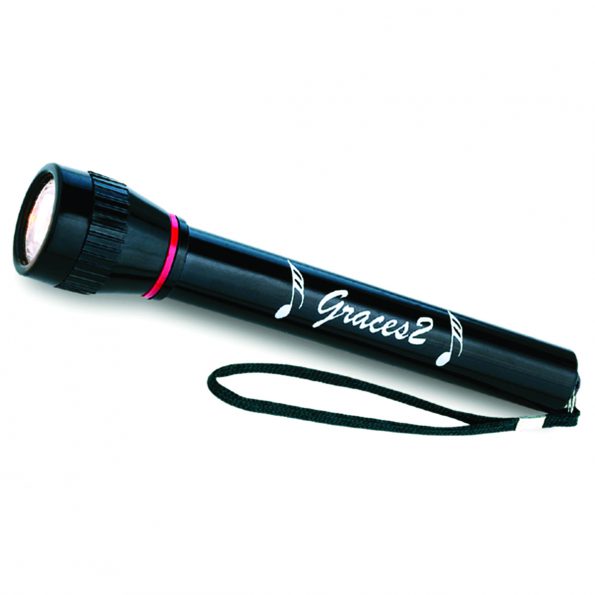
A rugged, portable 5 ½-inch super bright flashlight with a bright krypton bulb gives EMTs and firefighters a helping hand during nighttime calls. This version comes with a wrist strap and two AA batteries. Choose from opaque black and white, or transparent red, blue and green.
Tempo Industries/Timenet PPAI 110911 www.tempoline.com
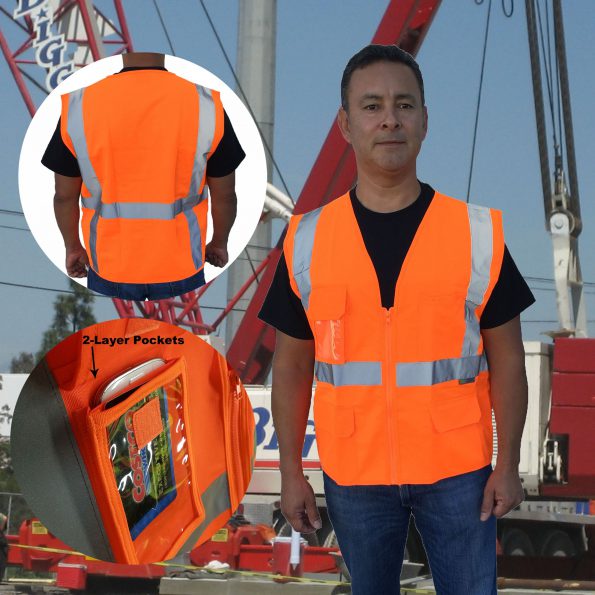
Workers on the scene will definitely be seen in an ANSI/ISEA 107-2010 safety vest that’s Class 2 compliant. The vest is made with 120 gsm fine knit mesh with front right chest pockets and a clear ID pocket with hook-and-loop top closure. The front left chest displays two layered pockets with a pen divider. The neon orange vest is made more visible with two-inch grey reflective stripes. Choose from sizes small to 5XL.
Macro Industries PPAI 261952 ww.3cfactory.com
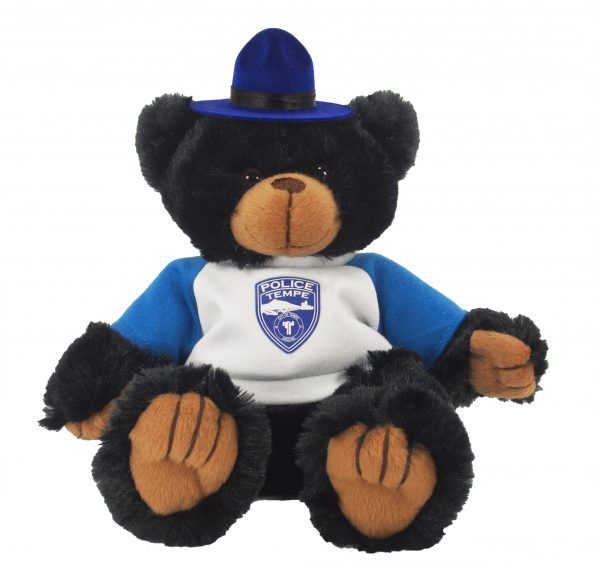
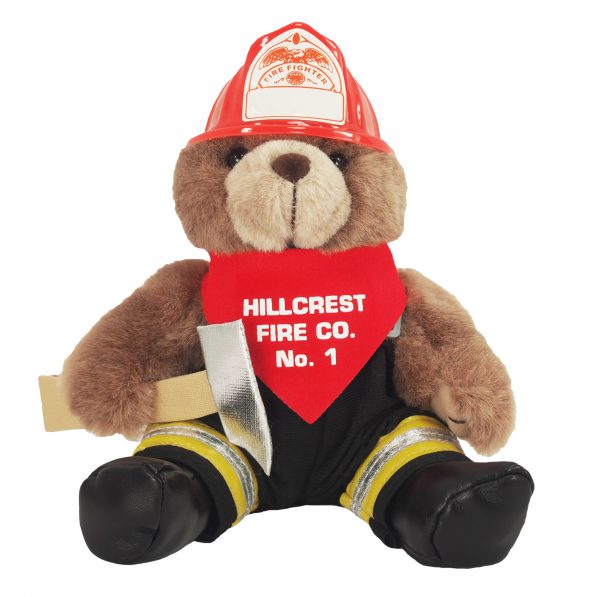
Remind little ones that first responders are great helpers with a nine-inch Trooper bear or Axe Firefighter bear. The soft, cuddy construction ensures comfort in times of crisis.
Artistic Toy Manufacturing, Inc. PPAI 110753 www.artistictoy.com
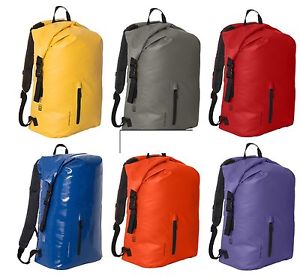
Keep personal items and work tools dry in this eye-catching roll-top backpack. Made with PVC-coated polyester, the lightweight pack features padded, adjustable shoulder straps and adjustable chest straps, with cinch straps on the roll-top closure. A large, waterproof zipper pocket adds storage space and accessibility. Choose from red/black, orange/black, yellow/black, ocean blue/black, purple/black, and granite/black.
Stormtech USA, Inc. PPAI 260245 www.stormtech.ca
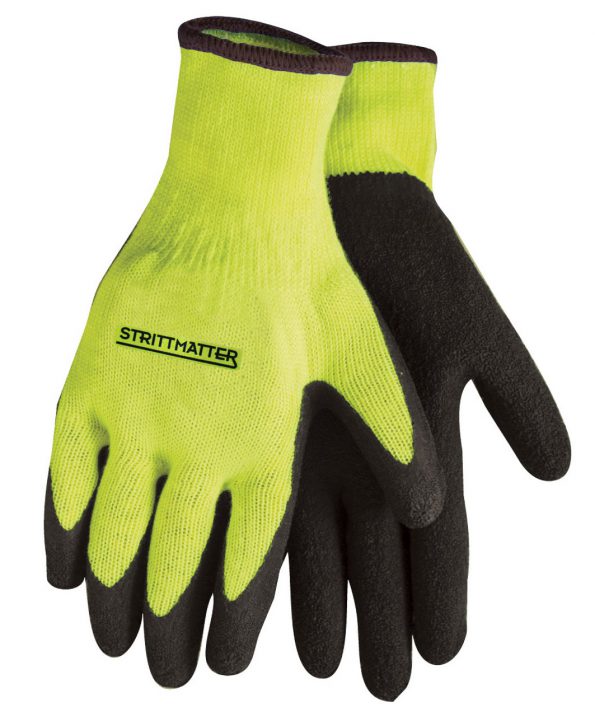
Workers get a better grip with breathable fluorescent gloves in a yellow-green knit with black latex rubber-coated palm. These gloves are cut-, puncture-, and abrasion-resistant and come in men’s large and extra-large sizes.
Suntex PPAI 113094 www.mainstsun.com

A pen is an indispensable tool on the scene, and the BIC® Anthem pen has been made more useful with a click-through stylus. The iconic BIC® Boy is molded into rivets on the barrel, and the pen features a comfortable grip and black trim.
BIC Graphic USA PPAI 114187 www.bicgraphic.com
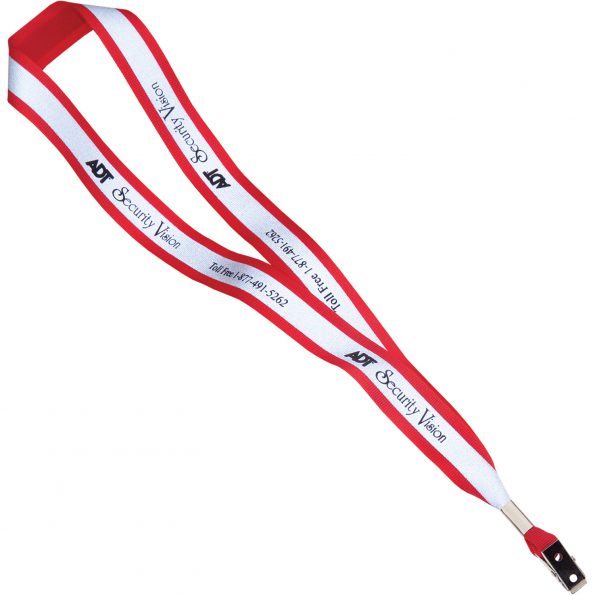
Shine a light on employee IDs with a 5/8-inch reflective lanyard. The strap is ideal for working in low-light conditions.
Fields Manufacturing PPAI 111951 www.fieldsmfg.com
Reaching Out To First Responders
 Gregg Emmer, chief operating officer at Batavia, Ohio-based distributor Kaeser & Blair (PPAI 103148), shares insights into working with police and fire departments, and other response agencies.
Gregg Emmer, chief operating officer at Batavia, Ohio-based distributor Kaeser & Blair (PPAI 103148), shares insights into working with police and fire departments, and other response agencies.
What do’s and don’ts can you suggest to distributors who want to work with first responders and other similar organizations or agencies in their community?
Many uniformed services will require USA-made goods. When making recommendations or soliciting business, proposing domestic products is a good idea.
What are the most frequently requested items among clients in the uniform services/first responder fields for use in the areas of public relations (community relations) and fundraising, and who are the primary audiences for these programs?
Water bottles have been continually popular for fundraising and youth outreach. Fire safety programs use coloring books. Some police departments have used junior badges for youth programs and bicycle items for bike safety education in elementary schools.
What messages are most consistently communicated by these groups to their target audiences?
Safety and situational awareness. We have done drawstring backpacks for police-sponsored safety and personal defense classes.
What types of budget restrictions or purchasing rules do you most often see with first responder groups?
We see a good deal of the costs covered by sponsors wanting to be involved in community outreach programs. On outright purchases we are sometimes asked to provide a quote or bid.
Market Snapshot
Firefighters
The National Fire Department Census counted 27,198 voluntarily registered fire departments, representing 50,700 fire stations and 1.2 million personnel, in January 2016—this equals roughly 90 percent of the total fire departments operating in the nation.
Fire departments do more than put out structure fires. More than 75 percent provide vehicle extrication, and just over 60 percent offer fire/injury prevention and related public education. Just under 20 percent staff a hazardous materials team.
35 percent of registered departments serve Texas, the Southeast and Mid-Atlantic states.
31 percent serve the Midwest
21 percent serve in the Northeast
13 percent serve in the Western states, including Alaska and Hawaii
Pennsylvania has the most registered departments at 1,796.
Washington, D.C. has three registered departments.
69 percent of all registered departments have just one station; 17 percent have two stations, while 14 percent have three or more stations. 71 percent of all registered departments are volunteer-only.
56 percent of active personnel are volunteer firefighters.
Source: FEMA
Police
In 2015, police departments that served cities with 50,000 or more residents employed roughly 16 officers for every 10,000 residents, according to data gathered by the Federal Bureau of Investigation.
Though their staffing totals were lower than some other major cities, Washington, D.C., Baltimore, Maryland, and Wilmington, Delaware, had the highest number of officers per capita among cities reporting their data to the FBI—56.9, 43.4 and 42.6 respectively. In contrast, Sammamish, Washington employed just 27 officers.
While New York City reported employing nearly 35,400 police officers—it is the nation’s largest police force—the ratio was 41.4 officers per capita, slightly lower than D.C., Baltimore and Wilmington.
Source: Governing.com
Paramedics and EMTs
Just over 240,000 people were employed as emergency medical technicians or paramedics in 2014, and the 10-year outlook for job growth through 2024 was estimated at 24 percent—more than three times as fast as the average growth rate for all jobs.
Average hourly pay for employees in 2015 was just under $32,000 a year; hospital-affiliated workers earned nearly $35,000, local government employees earned an average of $34,770, and employees of ambulance services earned $29,710 annually.
The states below boast the most employees in the EMT and paramedic fields.
- Texas
- California
- New York
- Pennsylvania
- Illinois
Source: U.S. Department of Labor Statistics
Emergency Response
Emergency response encompasses disaster and crisis management, mitigation and recovery, and groups can include government, nongovernmental (NGO) and private agencies and organizations. The Emergency Management Assistance Compact (EMAC) empowers participating states to lend emergency management and disaster response aid to one another. The EMAC program encourages states to use NGO and private sector resources.
The National Emergency Management Association (NEMA) conducted a study among states that have used private sector and NGO resources to assist other states in emergency situations. The survey found that 40 of the 43 participating states have provided assistance in more than 58 events since 2006, including blizzards, floods, ice storms and special events such as the 2008 Presidential Inauguration.
Percentage Of State Assistance
84 percent of states provided assistance after hurricanes
73 percent assisted after flooding
36 percent assisted after tornadoes
31 percent assisted after severe weather
24 percent assisted after tropical systems
7 percent assisted after an environmental emergency
2 percent assisted in HAZMAT/Transportation
2 percent assisted after a pandemic flu outbreak
While more than 86 percent of participating states rendered assistance to other states, 62 percent of states reported receiving assistance between 2006 and 2016. Massachusetts reported the greatest number of events for which it received assistance (five).
Source: National Emergency Management Association
Jen Alexander is associate editor of PPB.

